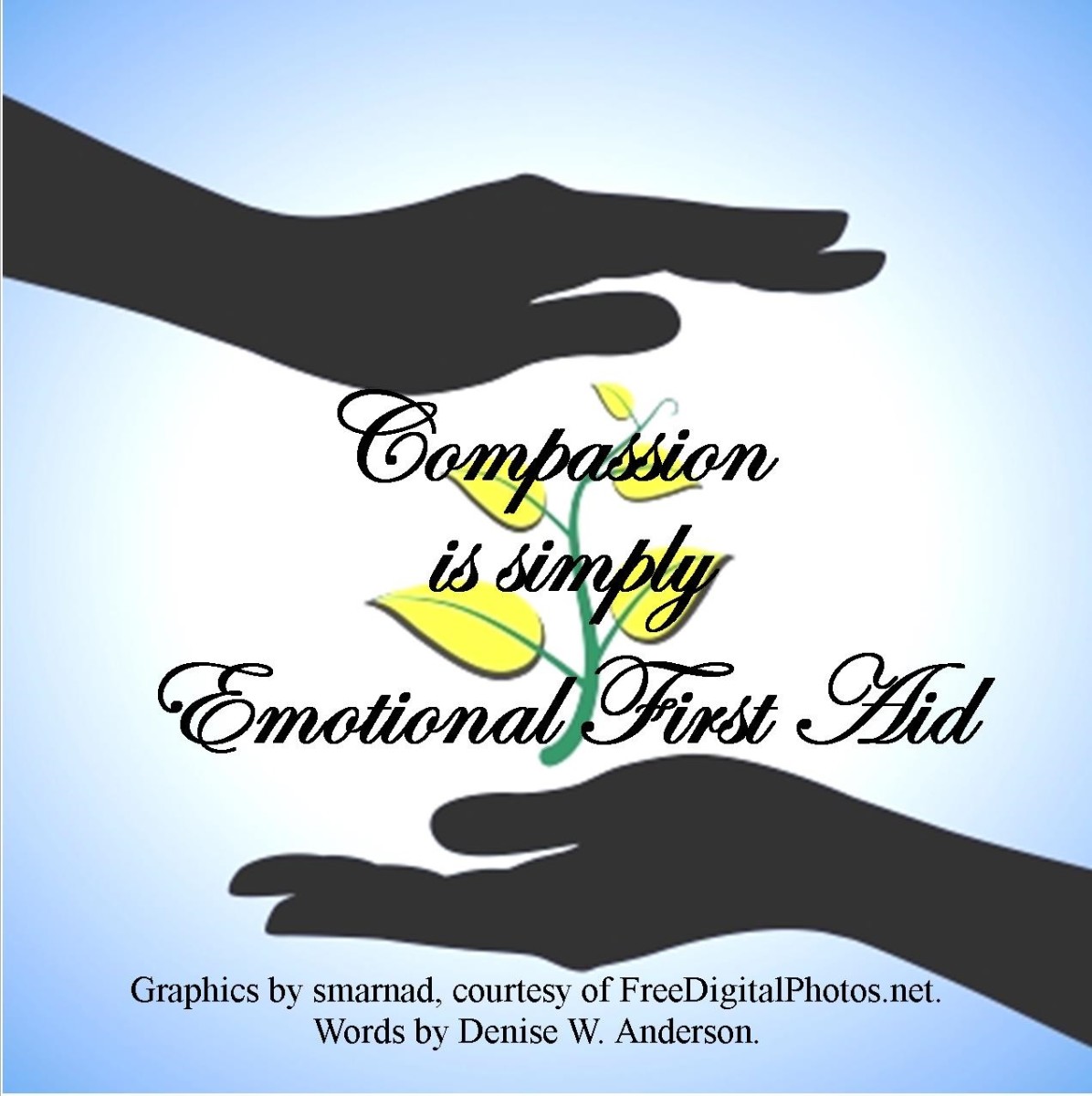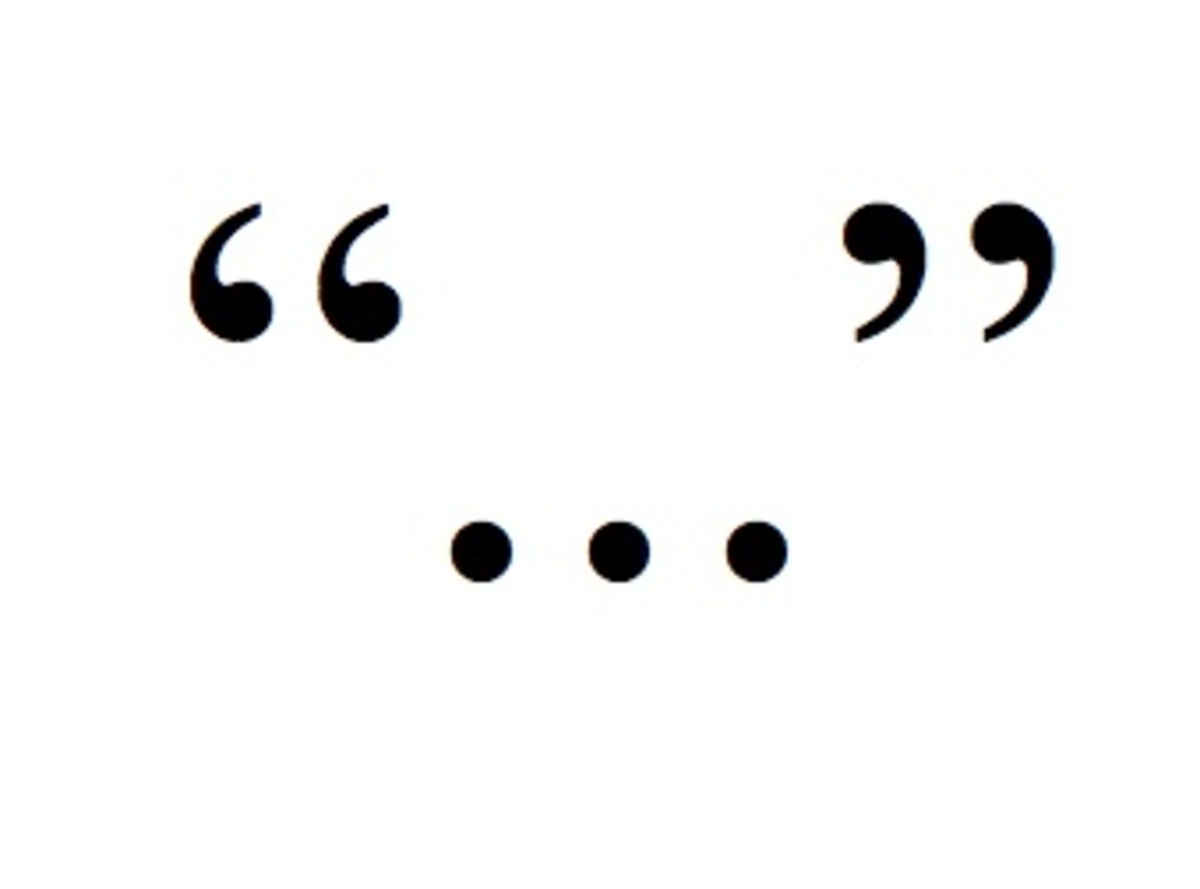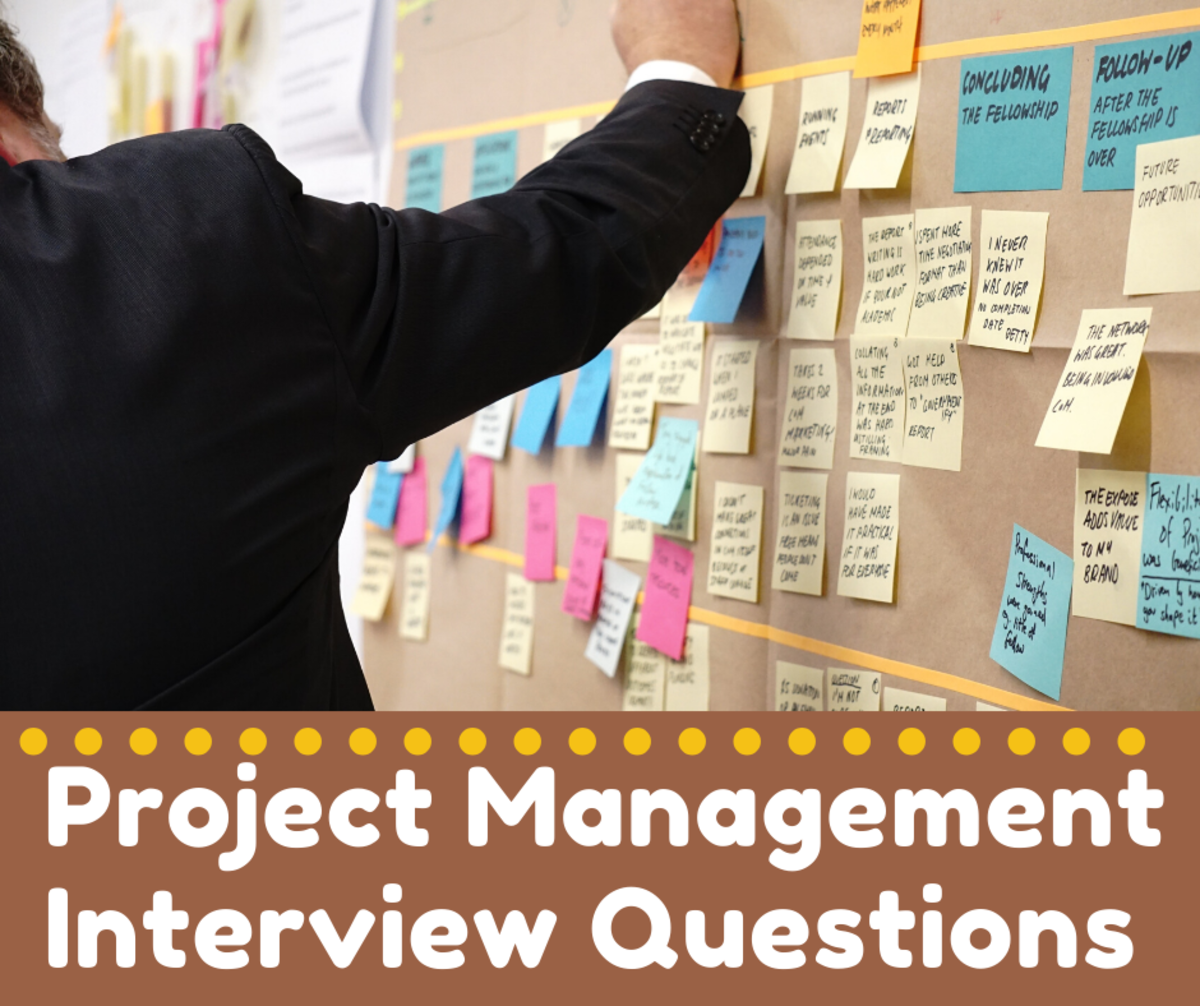Tendering - Write your response
In golfing terms, this is the money shot. All of your preparatory work will be wasted if you do not get this bit right. Previously I discussed the importance of planning your tender response (Tendering - Plan your response) before launching into writing it. The final product of that stage is the Response Template. As I mentioned then, use headings to address the points identified in your response map to build your response without having to create content. Once you are happy with the design, and the flow of the document is coherent and logical, you can ‘fill in the blanks’.
The aim of this Hub is to provide a few suggestions to consider when writing your tender.
“But communication is two-sided - vital and profound communication makes demands also on those who are to receive it... demands in the sense of concentration, of genuine effort to receive what is being communicated.”
Roger Sessions
American Composer
Communication
In theory, the communication process is very simple. All you need is a sender, a message, and someone to receive it. But the process cannot be considered a success until the message has been understood. The important thing to remember is that your tender response is being reviewed by a person. The easier you can make it for them to read the better. Keep in mind the PAD principle:
- Purpose What are you writing the document for? What do you hope to achieve?
- Audience Who is going to review the tender? What are they looking for and how do they expect to see it presented?
- Delivery What medium will be used? Is the tender being submitted online or will you deliver it as a hardcopy?
The following paragraphs contain important points you need to consider when developing your tender response.
Content
Step one is to answer all questions fully and truthfully. Your response template developed from your response map will detail the answers you need to provide. Your job now is to compile a compelling narrative explaining why you can provide the service or product better than anyone else and give value for money.
Customer Focus Remember, your tender is not really about you. It is all about the needs of the customer so make them the focus. Convince them that you understand their business and their needs and show how your solution will benefit them. Develop a point of difference to stand out from the competitors and demonstrate that it will provide a value for money solution.
The Five Cs the following concepts are critical when developing your response to a Request for Tender:
- Clear In any form of written communication it is important that the right message is conveyed. Writers need to be sure that their documents are free from ambiguity and mean what was intended. Tender writers must be mindful of word selection, grammar and punctuation.
- Concise Tenders should be concise. Readers are unlikely to be interested in narratives that ramble and contain irrelevant information. Documents should convey enough data to answer the selection criteria and not distract readers and cause them to lose interest.
- Correct A tender is useless if it is not correct. Opportunity for reviews by subject matter experts should be programmed during the planning phase of the document development.
- Complete A tender must be complete. It must provide readers with all the information they require. Responsibility for this is divided between the writer and the project coordinator.
- Consistent When writing a tender it is important that items such as terminology, units, naming, structure etc. are kept consistent. This makes the document much easier to read and helps to avoid ambiguity.
Grammar Grammar settles the order of words, the associations between them and the meaning they create. Writers must take care in forming the connections between each element in a sentence to enable them to use the underlying grammar to clarify meaning and communicate effectively. This is important in a tender where you must ensure there is no ambiguity in what you are offering. Punctuation and spelling also play a major role in ensuring the document’s readability and the comprehension of the reader.
All other considerations aside, by conforming to the rules of writing you deliver a professional looking document that gives the reader confidence in your ability. A poorly written document reflects badly on the attitude of your organisation.
Motherhood Statements Avoid making broad, sweeping statements that promise the Earth and deliver nothing. For example;
“Our production experience will ensure we provide you with the best quality widget available.”
How will your experience ensure that? What is your experience? It is far better to say something like:
“We have been producing widgets for 10 years and have supplied a high quality product to many satisfied customers including X and Y. Our widget-maker is continually updated to ensure we employ current industry-standard production methods. All our widgets undergo a detailed Quality Assurance check in accordance with ISO 9001:2008”
Be prepared to back up all of your statements with facts. The client knows what you are supposed to deliver; they want to know how.
Use Examples Case studies and good-news stories are excellent ways to get your point across. Use them to illustrate what you are capable of, how you helped other organisations and what benefits you provided.
Voice In grammar, the voice of a verb describes the relationship between the action that the verb expresses and the participants identified by its arguments (subject, object, etc.). When the subject does the action, the verb is in the active voice. When the subject has the action done to it, it is said to be in the passive voice.
For example, in the sentence:
The cat ate the mouse.
The verb "ate" is in the active voice, but in the sentence:
The mouse was eaten by the cat.
The verbal phrase "was eaten" is passive.
In a transformation from an active-voice clause to an equivalent passive-voice construction, the subject and the direct object switch location in the sentence. The subject of the active-voice version, the cat, could be left out entirely, causing ambiguity. Sometimes, the passive voice may be the only suitable construction, but misuse of the passive to produce deliberate ambiguity may antagonise the reader. The other thing to note is that the passive voice will generally use more words.
Register The language used when writing a tender can make or break the relationship you have with the assessor. To ensure that you keep readers interested in your solution use a tone that suits the material. I recommend you use the Standard Register. This is a mixture of official and everyday language and it requires little effort to be read by a wide range of readers.
Plain English In Australia, Plain English has been specified in federal legislation since 1983. It includes a preference for everyday words such as ‘buy’ rather than ‘purchase’ and ‘people’ rather than ‘persons’. Some of the main principles include:
- Use familiar, everyday words the reader will understand.
- Be precise, using enough words to achieve clarity but avoiding unnecessary words that can distract from the main point.
- Vary sentence length, but keep to an average of about 22 words.
- Prefer the active voice rather than the passive wherever relevant.
- Engage with the audience by using personal pronouns such as ‘we’ and ‘you’, except in formal contexts.
- Use verbs in preference to constructions based on nouns derived from verbs. (‘explain’ rather than ‘provide an explanation’ and ‘apply’ rather than ‘make an application’)
- Break up dense strings of nouns or nouns and modifiers such as ‘the outline development plan land package release conditions’.
- Avoid euphemisms, clichés, and overused or ‘trendy’ words or phrases.
- Prefer simple sentence frameworks, avoiding convoluted constructions such as double negatives (e.g. ‘not unlikely’)
Format
Your tender response is the means by which you communicate your message to the client. Make sure you read the Request for Tender carefully and follow any customer formatting instructions, such as font, size, file format and submission details, it contains. There are a number of strategies you can use to give you the best chance of success.
Headings Headings are the main navigation tool in a document. You should already have decided on your headings when developing your response template however feel free to play with the wording to get the best result. Headings:
- map the document’s structure
- show readers where to find information
- group information into clearly defined chunks
- indicate what type of information is to follow.
Headings should be brief and comprehensive descriptions of the writings with which they are associated. Paragraph headings are not part of the paragraph and the first sentence must not rely on the heading for its completeness.
Parallelism Parallelism is important to maintaining cohesion, and ease of understanding, through a series of headings or bullet points. For example, the headings may all be nouns:
- Houses
- Flats
- Apartments
Or they may all have the same verb form:
- Removing
- Replacing
- Returning (These are all gerunds)
White Space In page layout, white space is the portion of the page that is unused and the term arises from the practice of generally using white paper for printing. It includes: margins, gutters, and space between columns, lines of type, graphics and figures. White space breaks up the document into discrete chunks and makes it appear less daunting. A page with little or no white space can appear cluttered and be difficult to read. As I mentioned earlier, your tender will be reviewed by people; you need to encourage them to read it fully and absorb the information it includes.
This article contains a brief overview only of some of the things I consider when writing a tender. In hubs to follow I will expand on these concept and more.








